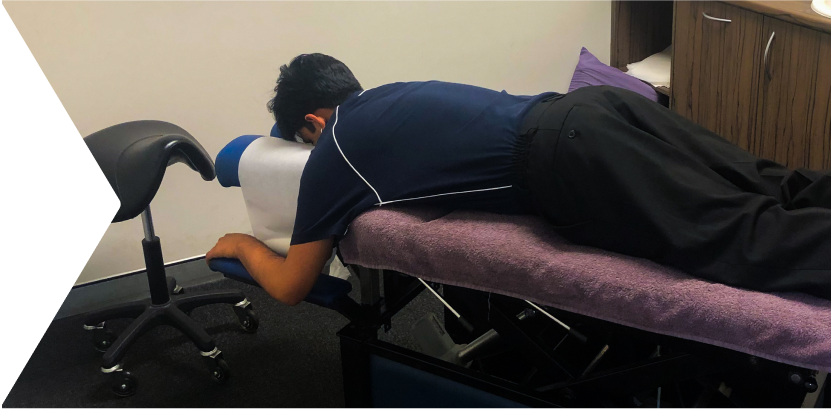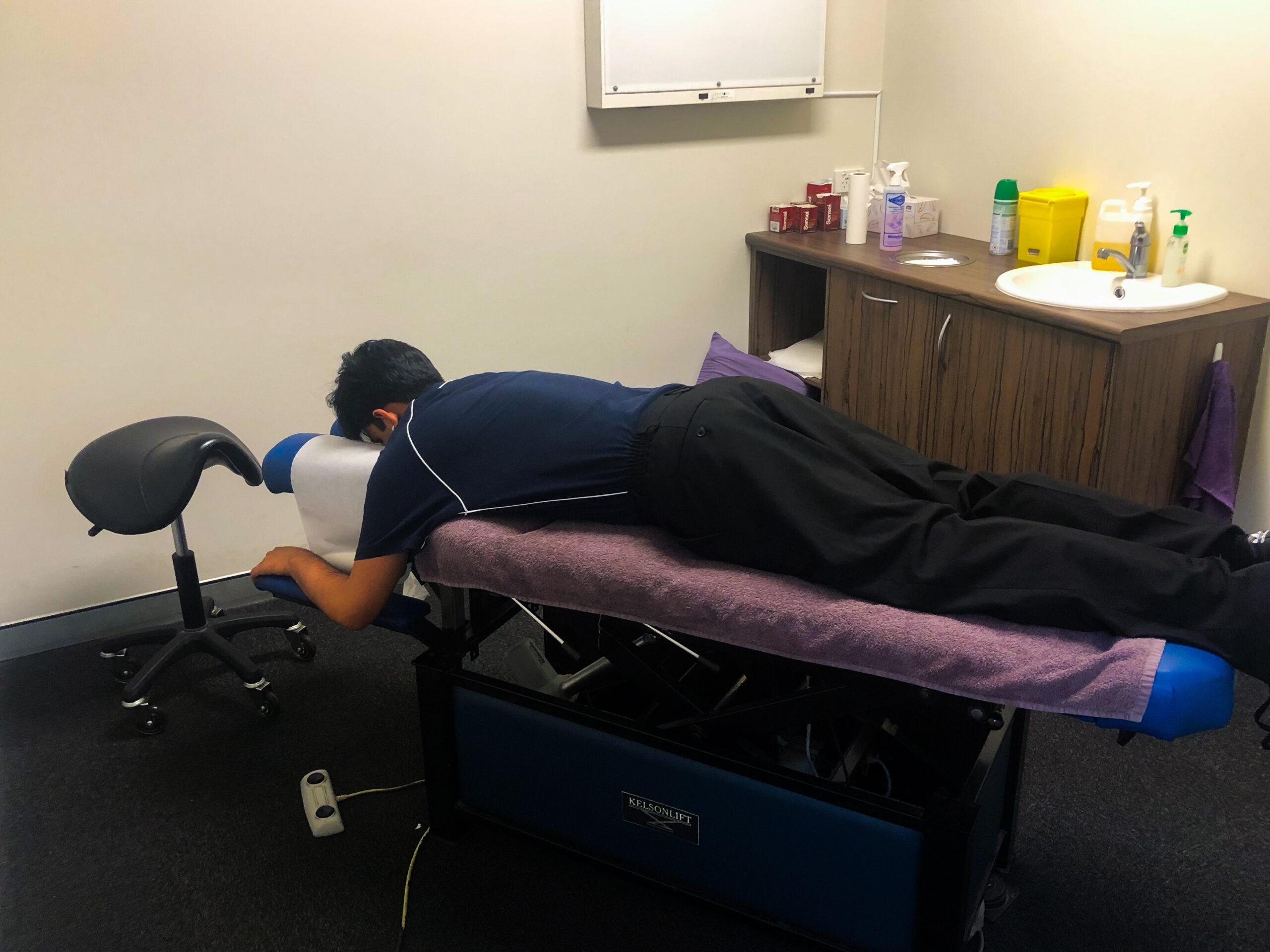Chiropractic Techniques
At Norwest Chiropractic we treat both the muscle and the joint, believing that if you only treat one you are addressing half the problem.


All our techniques are safe and effective, and include traditional chiropractic manipulation as well as low force techniques.
Feel the difference chiropractic care can make book your visit!
Commonly Treated Conditions
We tailor the technique we use depending on the individual and any health issue they may have. We also cater for pregnant ladies, using specialized tables and techniques, such as Webster technique and specialized equipment to make treatment as gentle and as comfortable as possible.
Lower Back Pain (LBP)
A common complaint where pain either locally or referred is at the base of the spine. Causes for such pain include:
- Sprains/strains
- Osteoarthiritis
- Ankylosing spondylitis
- Neoplasm
- Prolapsed disk
Lower Back Pain is often associated with poor posture, obesity, slack abdominal muscles, sitting for prolonged periods of time as well as improper body mechanics.
Neck Pain
Neck and shoulder pain is a common complaint that can originate locally from muscles, joints, or nerves or be referred from other areas, such as the upper back or spine.
This type of pain is often caused by poor posture, prolonged computer or phone use, stress, repetitive movements, or injury, leading to stiffness, discomfort, and limited range of motion, which can significantly impact daily activities and overall well-being.
“Slipped” Discs / Disc Bulges / Herniation
A “slipped” disc, is more accurately called a Disc bulge or a herniated or prolapsed disc. This occurs when the soft, gel-like center of a spinal disc pushes through a crack in the tougher outer exterior.
This can irritate nearby nerves, leading to pain, numbness, or weakness in the back, legs, or arms, depending on the affected area. Common causes include aging, improper lifting, or traumatic injury, significantly affecting mobility and comfort.
Headaches
Headaches can stem from various causes, but one of the most prevalent types is the cervicogenic or Tension headache, which originates from the neck. This form of headache occurs when pain from the cervical spine or surrounding structures is referred to the head.
Chiropractors can effectively diagnose and treat headaches by addressing underlying issues such as muscle tension, joint dysfunction, or postural imbalances. Through targeted adjustments and therapies, they aim to alleviate pain, improve range of motion, and enhance overall well-being.
Sciatic Pain (Sciatica)
Pain that radiates along the path of the sciatic nerve which is the largest and longest nerve in the body. It travels from the lower back, through the hip and buttock and down the leg. Herniated disk, bony growths, spondylolisthesis and pregnancy can all cause sciatic pain.
The pain is usually felt in only one leg at a time and can also be accompanied by tingling ‘pins and needles’ or numbness.
Poor posture and Scoliosis
Our posture is becoming worse as we all send more time in front of computers and looking down at phones. This can lead to rounded, slumped forward posture. This puts more pressure on the neck and upper back causing pain and discomfort.
Scoliosis is a lateral deviation of the spine, often occurring during adolescence. if these lateral curves progress and become larger in size they can cause structural deformity and biomechanical dysfunction.